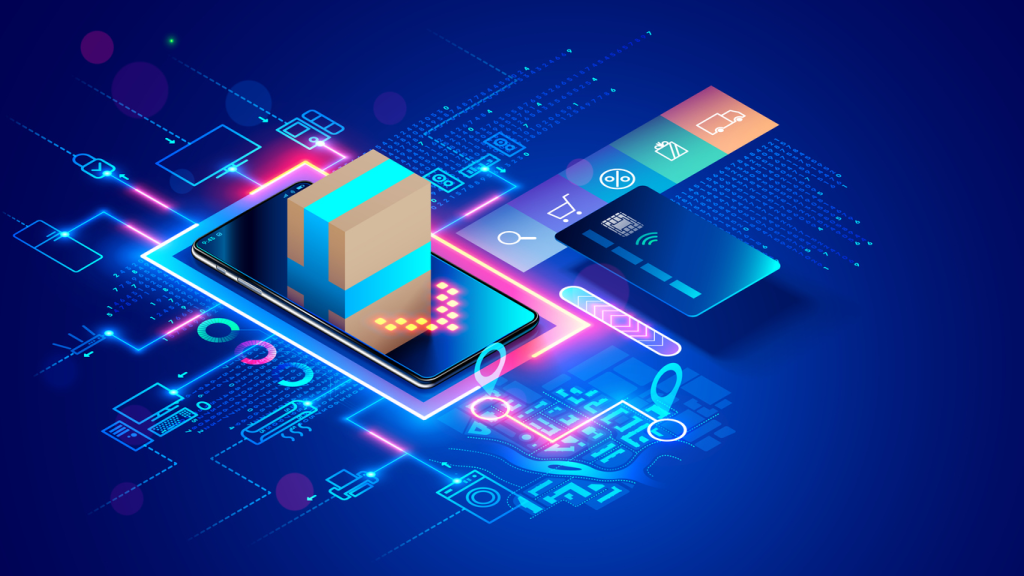
Step 1: Figure Out Your Core Business Goals
Understand Your Business Needs
- Take a close look at what your e-commerce business aims to achieve. It could be increasing sales, improving customer satisfaction, or expanding your customer base. For example, if you sell fashion items, maybe your goal is to boost the number of repeat purchases by offering personalized style suggestions.
- Analyze your current business performance to identify areas that need improvement and how an AI assistant could help in achieving better results.
Align with Long-Term Visions
- Think about where you want your business to be in the next few years. If you plan to enter new markets or launch new product lines, the AI e-commerce assistant should be designed to support those future endeavors. Like if you’re eyeing international expansion, the assistant can help with handling different languages and local customer preferences.
Step 2: Determine the Right Use Cases for Your E-commerce Plan
Study Customer Interactions
- Examine how customers usually interact with your website. Do they often ask about product features, delivery times, or return policies? Based on these common inquiries, define the use cases for your AI assistant. For instance, if many customers ask about which shoes are suitable for running, your AI e-commerce assistant can provide detailed recommendations based on running styles and foot types.
- Look at the customer journey on your site and find out the pain points where the AI can step in to make it smoother, such as helping customers compare different products easily.
Match with Business Operations
- Ensure that the use cases you select fit well with your existing business operations. If you have a complex inventory system, the AI assistant should be able to access and provide accurate information about product availability. Or if you offer special promotions regularly, it can inform customers about the latest deals in a timely manner.
Step 3: Establish Limits for Your Chatbot’s Operation
Set Response Guidelines
- Decide what kind of questions the chatbot will handle and which ones need to be redirected to human agents. For example, simple product-related questions can be answered by the chatbot, but more complex complaints or technical issues should be passed on to the customer service team.
- Define the tone and language style of the chatbot’s responses to maintain consistency and a professional image. It should sound friendly yet informative.
Limit Function Scope
- Clearly outline what functions the chatbot can perform. It might be able to help with product searches, order tracking, or suggesting complementary products, but not handle financial transactions directly. This helps avoid confusion for both the chatbot and the users.

Step 4: Get Your Data Connection Sources Ready
Gather Relevant Data
- Collect data from various sources within your business, like customer purchase history, product details, and website analytics. This data will be the foundation for the AI assistant to understand customer behavior and provide accurate answers. For example, past purchase records can help it recommend products similar to what a customer has bought before.
- Ensure the data is clean and organized properly so that the AI can process it effectively.
Connect with External Data
- In some cases, you may need to connect to external databases or APIs for additional information, such as real-time shipping rates or updated product reviews. Make sure these connections are secure and reliable to enhance the functionality of your AI assistant.
Step 5: Protect Your Brand Ecosystem
Ensure Brand Consistency
- The AI e-commerce assistant should reflect your brand’s identity in its appearance, language, and the advice it gives. Use your brand’s logo, colors, and messaging style to make it an integral part of your brand ecosystem. For example, if your brand is known for being eco-friendly, the assistant should promote green products and initiatives.
- Monitor the chatbot’s interactions regularly to prevent any misinformation or behavior that could harm your brand reputation.
Safeguard Customer Data
- Implement strict security measures to protect the customer data that the chatbot accesses and stores. Use encryption, access controls, and regular security audits to keep the data safe from potential breaches.
Step 6: Plan for Chatbot Optimization
Track Performance Metrics
- Set up ways to measure how well the chatbot is performing, such as tracking the number of questions it answers correctly, customer satisfaction ratings with its responses, and how often it successfully resolves customer inquiries. Based on these metrics, you can identify areas for improvement.
- Regularly analyze the data to understand trends and patterns in customer interactions with the chatbot.
Update and Improve Regularly
- Based on the performance analysis, make necessary updates to the chatbot’s algorithms, knowledge base, or response templates. Add new features or improve existing ones to keep up with changing customer needs and business requirements. For example, if a new product category is added to your store, train the chatbot to handle inquiries about those products.

By following these six steps, you can successfully launch an AI e-commerce assistant on your website that can enhance the customer experience and drive your e-commerce business forward.




